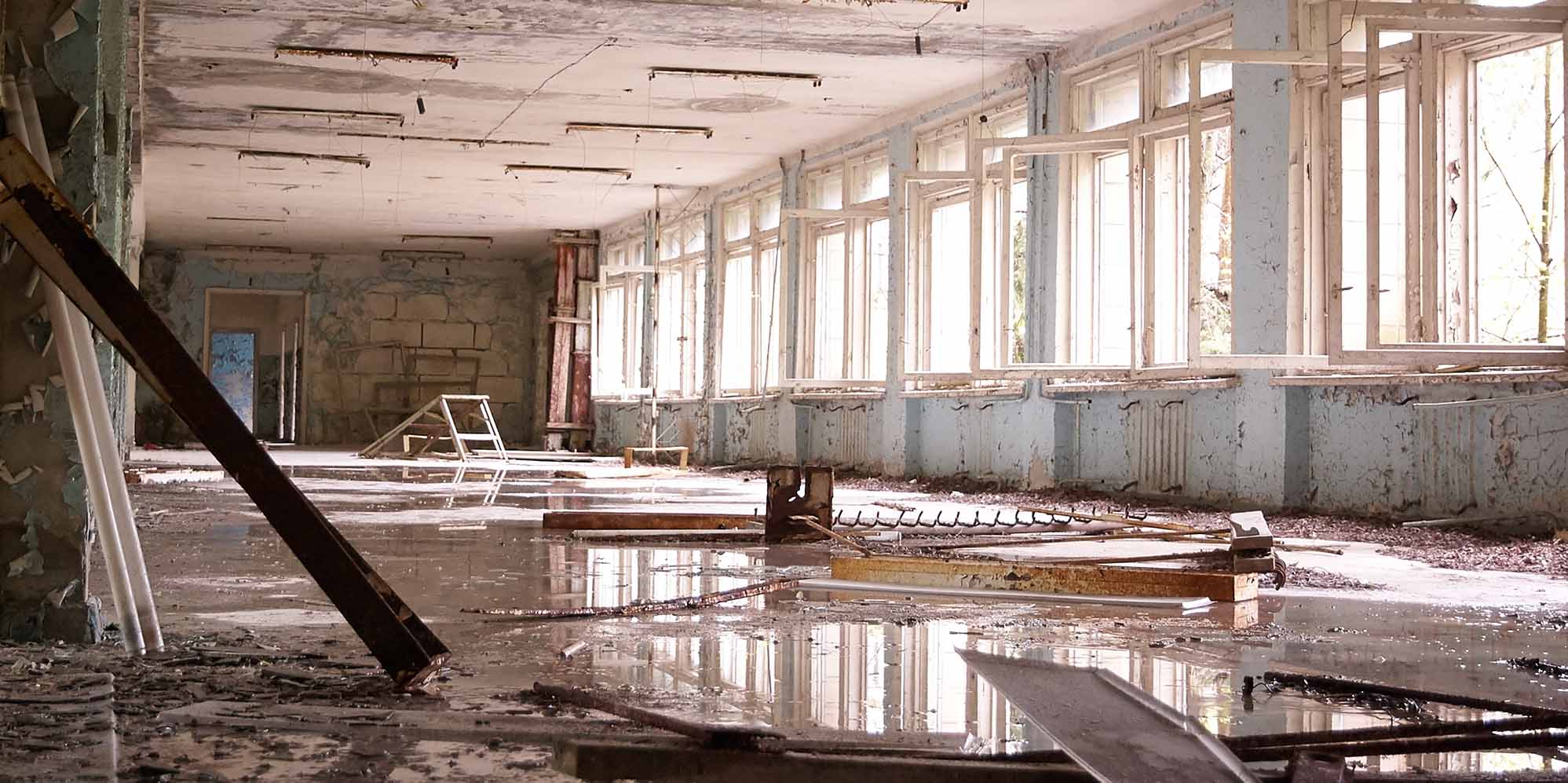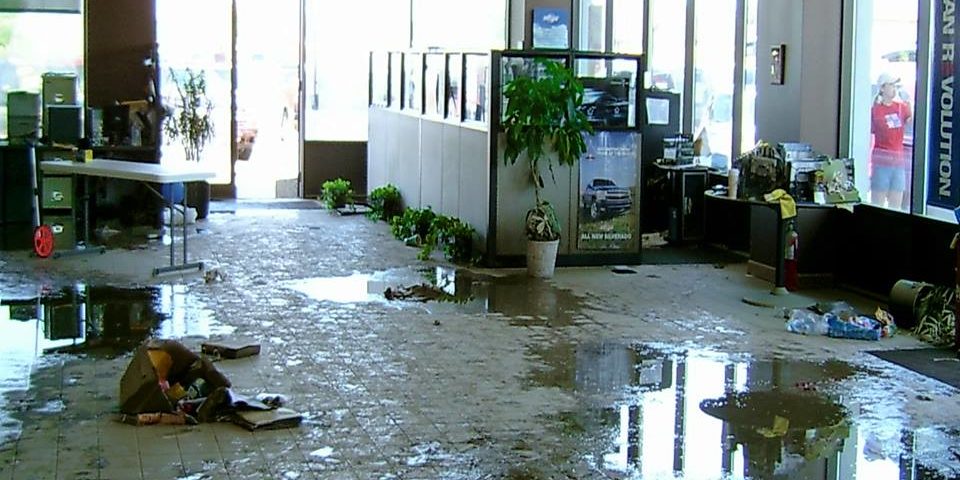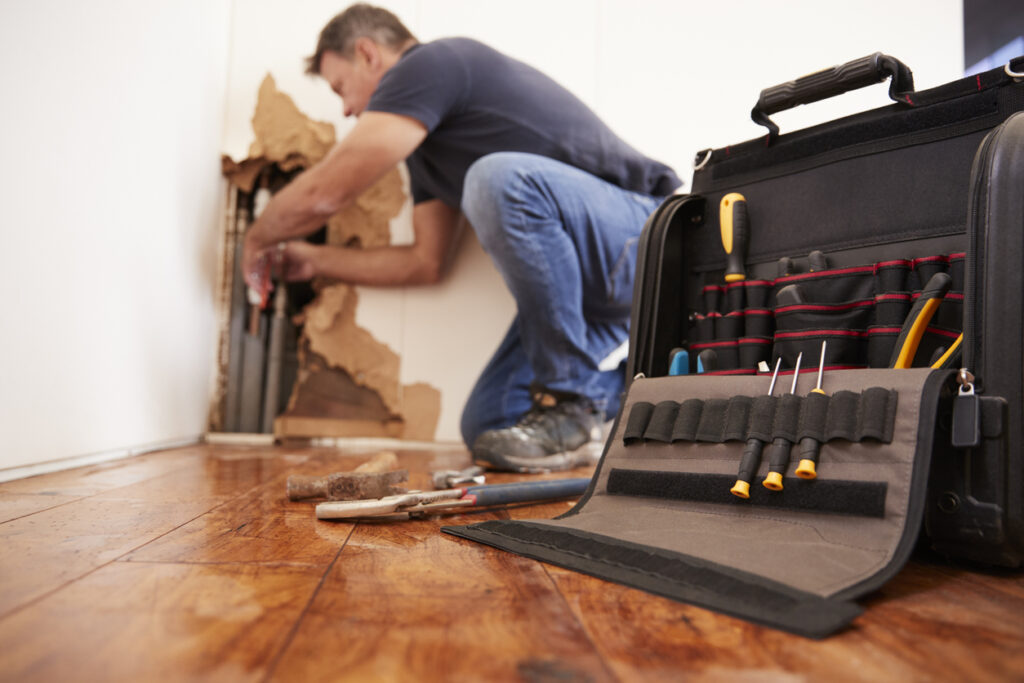After getting flooded, most people would want to start rebuilding their homes as soon as the floodwaters have receded. Unfortunately, wood that has been in contact with floodwaters may pose threats including insect infestation, mold growth, and weakened integrity. If you’re from Portland and your house has been flooded recently, you may need water damage restoration Portland Oregon. Usually, wooden materials that have been submerged in floodwaters must be replaced with new materials.
Before You Begin
To ensure that you have a safe restoration of your premises, there are several things you need to know. These are the following:
- Check for structural damage from outside the building to ensure safety before entering.
- After a flood, check for electrical damage and be sure to exercise electrical safety when checking the surroundings. Check also for gas leaks and fire hazards.
- Use proper tools and wear safety protection, rubber gloves, and durable shoes.
- Watch out for snakes, fire ants, and other animals.
- If you notice mold growth, wear a respirator to filter spores and ensure safety when doing repairs or checks.

Where to Start
In restoring and cleaning a flooded house or building, ensure that no one is in danger of fire and tumbling buildings. While going around the premises, always assume that materials submerged in floodwaters are contaminated.
1. Insurance Claims. Granting that you have flood insurance, the first step to do is to get in touch with your insurance provider. Start the cleaning and drying as soon as you can. If you need assistance, check out Summit Cleaning and Restoration. You don’t have to wait for the insurance adjuster before you can start restoring the premises. Ensure that you take photos along the way to use as inventory.
- Begin the cleanup process to make it easier for the insurance adjuster to check the damage.
- Store damaged materials if there are any as proof of loss.
- If you’re always on the go, don’t forget to leave a phone number where the insurance adjuster can reach you in case he arrives.
- The adjuster will check the damages to the building and the owner will be asked to sign papers, which include a proof of loss statement. When more damages are found, these can also be added.
- If you haven’t availed of flood insurance, note that regular home insurance won’t cover your loss. However, if the President has declared the flood as a federal disaster, then you may apply for assistance.
2. Electrical System. Before entering the house, ensure that all the gas and electric systems are turned off. Call an electrician to check for unsafe conditions before reconnecting the lines.
3. Sanitizing Water and Food. Some food items and utensils may have been directly in contact with floodwaters. Also, your water source isn’t suitable for drinking right after flooding. For this problem, ensure that you observe the following safety tips.
- Water. Sanitize your water for drinking, washing the dishes, or your body, until the local health department or water utility has declared the water source as safe. To do this, follow these steps:
- Strain water using a filter or clean cloth.
- Boil water vigorously for one full minute and allow it to cool before using.
- If for any reason boiling can’t be done, use chlorine bleach to purify water. Use unscented liquid chlorine and mix 1/8 teaspoon or 8 drops per gallon of clear water. If the water is cloudy, use 16 drops or a quarter teaspoon of chlorine bleach for every gallon of water. After adding liquid chlorine to the water, stir the solution carefully, and let it stand for thirty minutes before using it.
- Food. Any undamaged canned food items that were commercially processed and that’s been in contact with floodwaters should be sanitized.
- To save some food items, follow these steps:
- Remove the labels from canned foods.
- Wash the pouches carefully with clean water and soap. Rinse carefully.
- Disinfect using 1 tablespoon of bleach for every gallon of clean water.
- Re-label containers that had their labels removed using a marker. Don’t forget to include the expiration dates.
4. Utensils. You should discard baby bottles, pacifiers, and nipples that have been contaminated with floodwaters. You can also do the same to wooden cutting boards, plastic utensils and wooden or plastic spoons. However, you can salvage ceramic and metal utensils, pans, and dishes. Wash them thoroughly with soap and water. Sanitize the utensils by boiling in clean water. Or, you can also immerse the utensils in a solution of 1 teaspoon of chlorine bleach for every quart of water.
5. Carpet and Furniture. Take all bedding, furniture, and carpets that need cleaning outdoors. Flooded rugs and carpets should be replaced as these are clearly contaminated. Similarly, flooded carpet pads must be replaced, too. Here’s how to salvage your furniture and carpets.
- Remove carpets, pads, and rugs within two days after flooding recedes.
- If some of these can be saved, take and spread them outdoors for hosing off. If these are soiled, you can take them to a professional cleaner or wash them off with a broom and carpet shampoo. Rinse the rugs and carpets well with 2 tablespoons of chlorine bleach mixed with a gallon of water to sanitize. However, if your carpet is wool, avoid using bleach on it.
- Make sure that the subfloor and the carpet is completely dry before use to avoid mildew.
- Your carpet might shrink depending on the materials it was made from, but don’t despair as a professional may help in this problem.
- Mattresses and upholstered furniture that were soaked in water should be discarded. If you happen to own the valuable upholstered furniture, the upholstering and stuffing should be replaced. However, plastic, metal, and solid wood furniture may be restored and cleaned. First, you can hose off the mud from this furniture, wash it completely with soapy water, sanitize, and allow it to completely dry under the sun.
6. Walls. A flooded wall should be opened regardless if they are damaged or not. This will help prevent odor, mold and structural decay. Here are some steps to follow:
- Remove water from inside the home or building as soon as you can and allow air to circulate.
- Drain those uninsulated walls by removing the baseboards first and cutting holes in the wallboard.
- For insulated walls, remove the interior part up to a point above the floodwater level and discard the flooded portion.
- You can reinstall undamaged paneling later after cleaning them.
- However, you should remove and throw away any wet fibrous insulation.
- Remove any mud and spray with disinfectant by adding a cup of bleach for every gallon of water. This should eliminate growing mold and fungi.
- Speed up the drying process by using fans and dehumidifiers.
- It’s best to leave the walls open until they are completely dry. This step may take up to a month.
- Choose replacement wall materials designed to withstand floods. These include ceramic tile or rigid foam insulation.
What’s Next
If you’ve experienced short-term flooding or if you’ve performed cleanup immediately, the following steps may be taken. However, you should allow the building or home to completely dry before taking on permanent repairs.
- Subfloors. After exposure to flood or prolonged wetness, OSB subfloors and plywood will most probably swell or separate. The affected parts should be replaced to help prevent the new floor cover from buckling. When you remove the floor covering, allow the subflooring to dry completely, which might take months if you don’t have a dehumidifier. Also, prior to installing new flooring, ensure that you have checked the space for warping.
- Wooden Floors. Slowly remove wooden floorboards every few feet. This will prevent buckling that’s caused by swelling. If you have tongue-and-grooved boards, it’s best to work with a carpenter or flooring professional. Have your floors cleaned and completely dried before attempting to repair and replace boards.
- Tile and Sheet Floors. If an exposed subfloor separates or swells, the flooring must be removed. However, you need to call a professional for removing asbestos tiles. For concrete subfloors, removing the floor covering will speed up the drying process of the slab. However, you can skip this step if it’s only going to ruin an undamaged material.

If the sheet flooring has been soaked in water, remove the sheet. This process will depend largely on the kind of material and adhesive used in the flooring. You can also call a flooring expert to know more about techniques to help loosen floor sheets easier.
- Wall Finishes, Floors, and Woodwork Cleanup. As soon as the floodwaters subside, cleaning and drying everything should be done to help prevent the growth of mold. If you have a wall that’s been finished with lead-based paint, don’t scrape or sand it. It’s best to call an expert before cleaning. You can also try to get more information on how to prevent mold hazards and the various acceptable removal methods.
- To clean the walls, follow these steps:
- With an all-purpose disinfecting cleaner that’s phosphate-free, wash the walls starting from the top and going down. Rinse the wall carefully with water.
- Use half a cup of chlorine bleach for every gallon of water to clean and disinfect colorfast and nonmetallic surfaces. Doing this will help kill bacteria and any mold growth on the surface. However, it won’t help prevent mold growth on materials that stay damp.
- Dry the walls completely and fast. Turn on the air conditioning, fans, or heater to speed up the drying process.
- Furniture. Bring furniture outside for cleaning. Here are the steps to follow:
- Brush mud off the furniture. Remove all the parts of the furniture including drawers and doors. If the furniture has stuck doors and drawers, try cutting a hole or removing the back to push out the stuck door and drawer. Throw away any flooded padding.
- When cleaning furniture, ensure that you use cleaning products that are made for the right type of material. Make sure that the furniture is completely dry before refinishing or waxing it.
- Dry your furniture away from direct sunlight to prevent warping. This can take from several weeks to a few months to dry.
- Mold Growth Prevention. Preventing mold growth should be one of your main concerns right after the flood has receded. When there is available electric power, use your heating, ventilation, and air conditioning (HVAC) system together with a dehumidifier to help remove humidity.
- If you don’t have an airconditioned home, you can leave the windows open and use fans to ventilate your home’s interior. It’s also helpful to leave electric lights on inside closets and their doors open to help hasten the drying process.
- It’s best to use exhaust fans when bathing and cooking and limit activities that would add moisture inside your home.Mold Removal from Household Items. Once mold has grown inside your home, you should do your best to avoid spreading and disturbing these mold spores.
- Follow these steps to remove mold growth inside your home:
- Use a HEPA vacuum to get rid of visible mold growth. After this, throw away the vacuum bag or wipe with damp paper towels. Discard the paper towels and throw them away sealed in a plastic bag.
- If possible, dry these household items directly under sunlight.
- Using a sponge dipped in a disinfecting cleaner appropriate for the type of material, clean off any remaining mildew.
- Wipe the item with a clean cloth.
- If there are mildew stains on the item, use a cloth dipped in diluted alcohol. Use a cup of denatured or rubbing alcohol for each cup of water.
- Let the item dry thoroughly.
Final Thoughts
Your safety and health should always be your top priority even after a storm or flooding. If your home or building has been flooded recently, the first thing to do is to get in touch with an insurance adjuster if you’re covered. Then, before entering the building, ensure that there is no electrical and structural damage that would put yourself or anyone else in danger. Then, it’s time to clean the house of mud and dirt and dry your belongings thoroughly to avoid mold growth.






